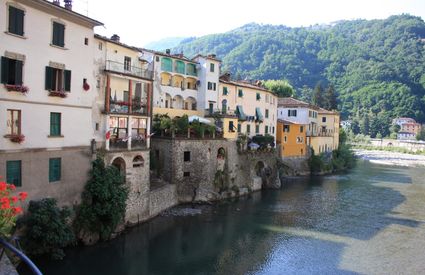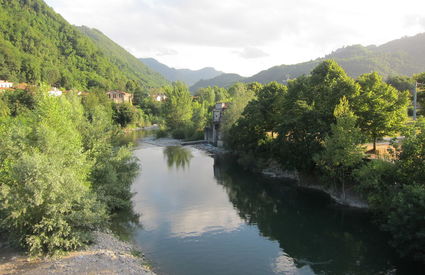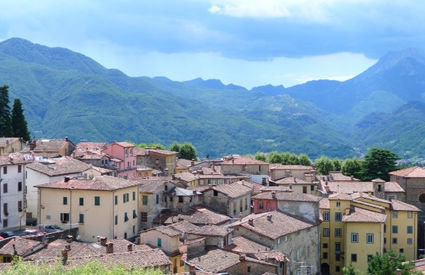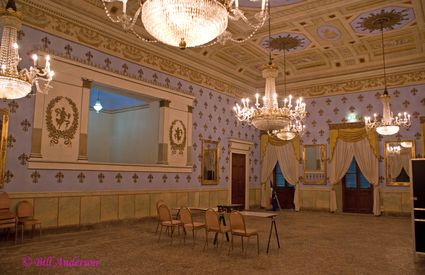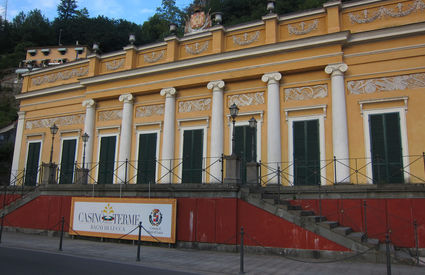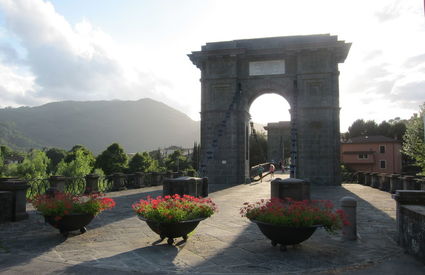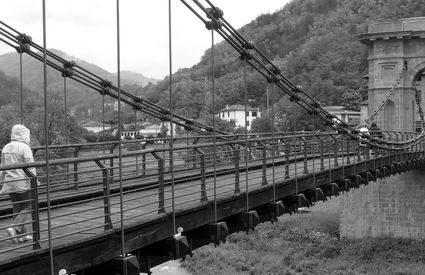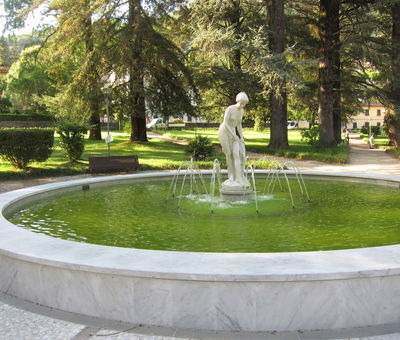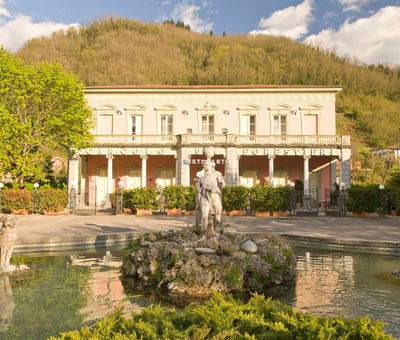Chapter #4
Villa Ada
A british touch can also be found at Villa Ada, a late-Renaissance building that was modernized in the 1800s by the British Consul Sir Mc Bean. The villa is surrounded by a Romantic park, enriched with artificial grottos in limestone and wrought-iron railings in the shape of intertwining branches.
Chapter #5
Circolo dei Forestieri
We conclude our stroll through the Bagni di Lucca of yesteryear at Circolo dei Forestieri, whose appearance has remained unchanged since 1924. The Club has been reserved for visitors since 1912 and was, among other things, a casino frequented during the Fascist period by Edda Ciano and other top party officials. It was closed as a gambling institution in 1953 and is today home to a restaurant and some associations.


